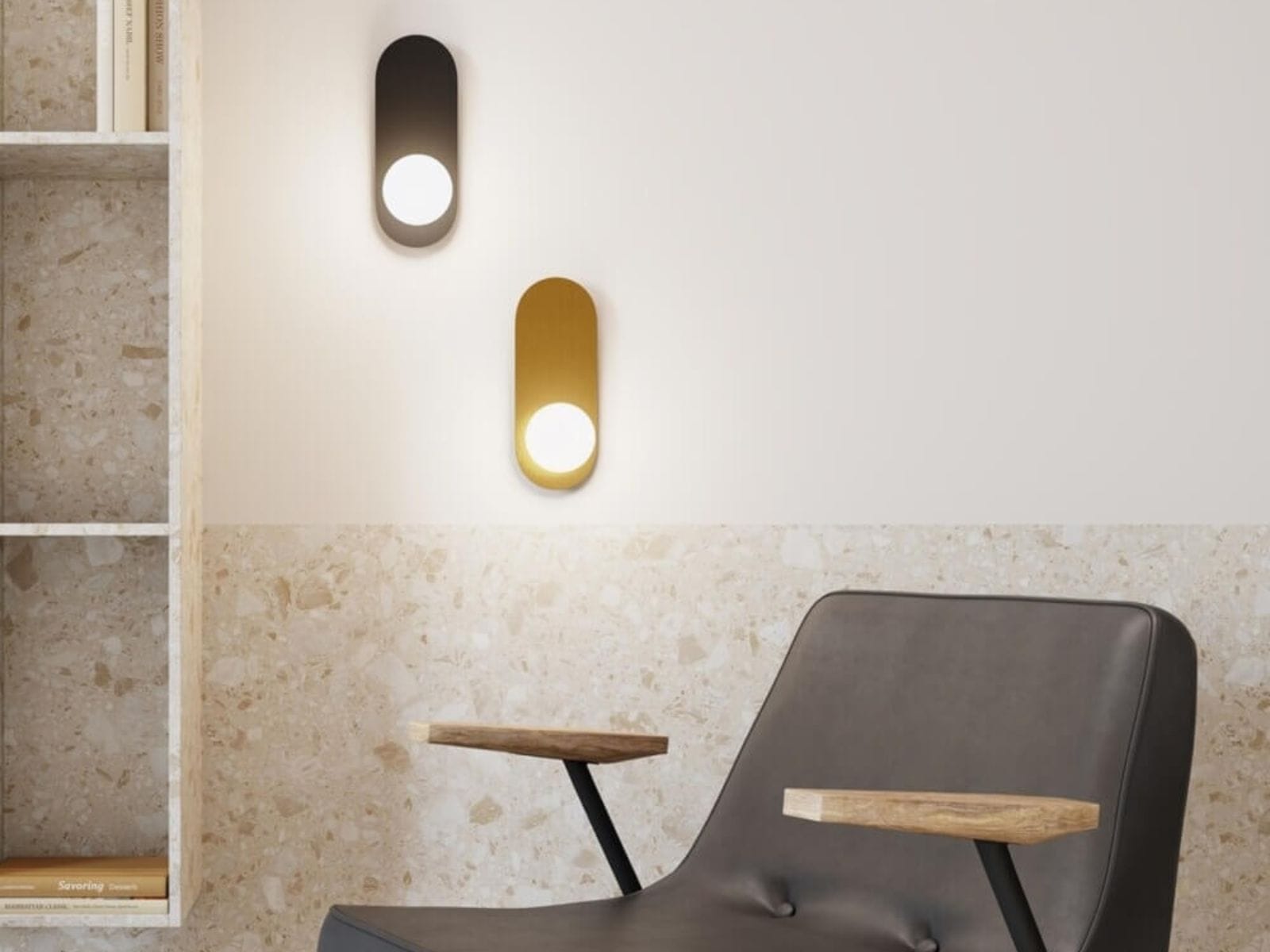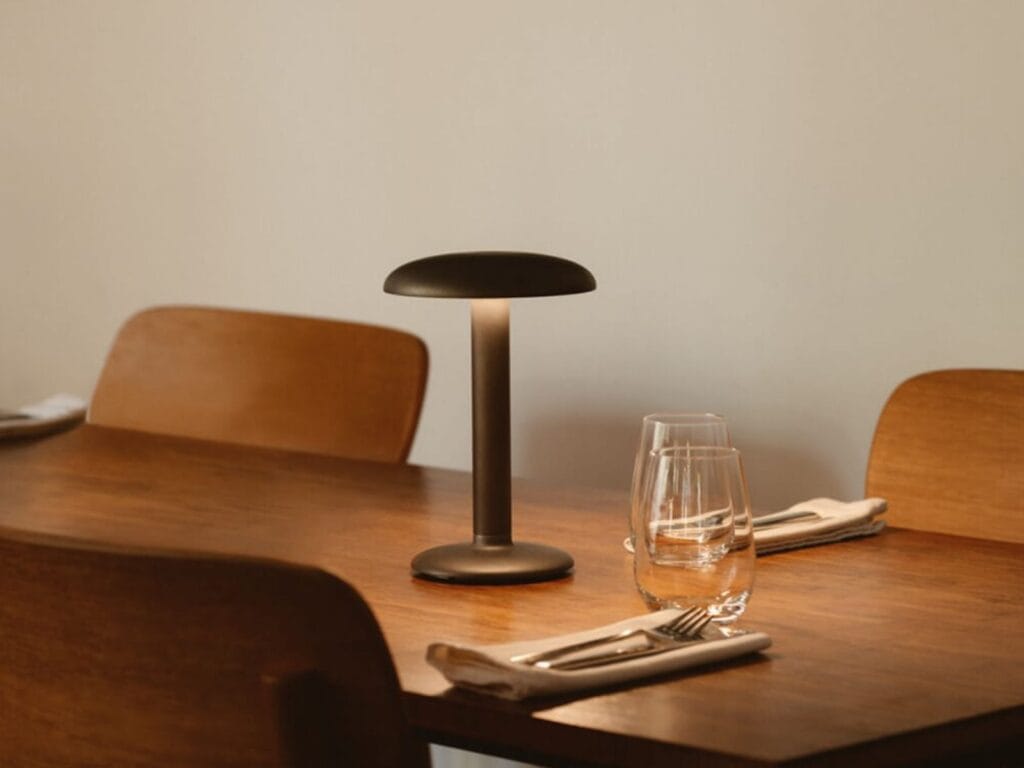Got an open-plan space and not sure how to light it? You’re not alone. When the kitchen, dining area, living zone—and maybe even a home office—share the same layout, everything can end up feeling flat and undefined.
The good news? With the right lighting strategy, you can visually divide areas, set the mood, and bring out the full potential of every corner. Here’s how to do it right.
Start With Natural Light
First things first: observe where the natural light comes in. Large windows? Glass doors opening onto the garden or balcony? Skylights? That’s pure gold. Natural light should be welcomed, not blocked.
To help it flow throughout the space, opt for light-colored walls, glossy or satin surfaces, sheer curtains, and minimalist furniture. Materials like glass, brushed metal, or reflective finishes also help amplify brightness.
If your open space is on a lower floor or faces north, and natural light is limited, artificial lighting becomes your main design tool.
Layer the Light According to Function
In large, shared spaces, each zone needs its own lighting setup. One single ceiling fixture for the whole area? A common mistake. The best solution is a layered lighting scheme:
- Ambient lighting – general, diffused light that fills the space evenly
- Task lighting – focused illumination for activities like cooking, reading, or working
- Accent lighting – highlights architectural details, artwork, or decor
This approach lets you control how each part of the room feels, adjusting it to suit the time of day or how the space is used.
Use Pendant Lamps to Visually Define Areas

In the kitchen, a pendant over the island or breakfast bar immediately creates a clear and pleasant separation. Over the dining table, a statement light fixture gives the area focus and naturally draws the eye.
For a more modern look, try clustering lights at different heights, or play with bold shapes and contrasting materials. The key is to maintain visual harmony—avoid making the space feel like a showroom.
Create Atmosphere with Floor and Wall Lamps
Next to the sofa or a favorite armchair, a floor lamp can define a cozy nook—no walls or rugs required. Wall lights (sconces) help break up blank surfaces and add soft, ambient light—perfect for evening hours.
They not only add depth to the room but also make open spaces feel more intimate and welcoming, especially when ceilings are high or the layout is expansive.
Accent Lighting: Small Touches, Big Impact
Lighting isn’t just functional—it’s storytelling. Adjustable spotlights can highlight a bookshelf, a niche, or a piece of art. LED strips under cabinets or inside open shelving bring a touch of modern drama.
Most accent lights are dimmable, meaning you control how much attention they get. Think of them as your lighting soundtrack—subtle but essential to the mood.
Stick to a Cohesive Style
One of the most common mistakes? Mixing too many styles. A classic chandelier in the lounge, an industrial ceiling light in the kitchen, and a Scandi lamp on the desk—it creates a disjointed, chaotic effect.
Instead, choose a consistent palette of materials and finishes (brushed brass, smoked glass, matte black, porcelain) and carry it across all areas. The lights don’t need to match—but they should “speak” the same design language, just like pieces from the same furniture collection.

Control the Intensity and Temperature
Cool light works great for practical tasks (think kitchen or desk), but can feel harsh in a lounge. Choose LEDs with different color temperatures for different zones:
- 2700K for warm, cozy light
- 3000K for neutral, functional lighting
A dimmer switch gives you even more control—bright and energizing in the morning, softer and warmer at night. Just a few adjustments can completely shift the atmosphere.
Track Lighting and Light Cuts: Smart Solutions for Modern Spaces
Ceiling-mounted track lights with adjustable spot heads are a flexible, space-saving option. Aim them at the kitchen, bookshelf, dining area, or art corners.
Recessed lighting strips or “cuts” in the ceiling or walls add architectural interest—perfect for minimalist interiors. When done right, they blend seamlessly into the overall design.
Lighting an Open Space Is About Design, Not Just Brightness
Great lighting in an open-plan layout isn’t just about “adding more lamps.” It’s about understanding the space, highlighting its strengths, and creating micro-environments that feel both functional and personal.
With a balance of natural light, smart layering, and consistent style, even the largest and most open layout can feel warm, intentional, and beautifully yours.





